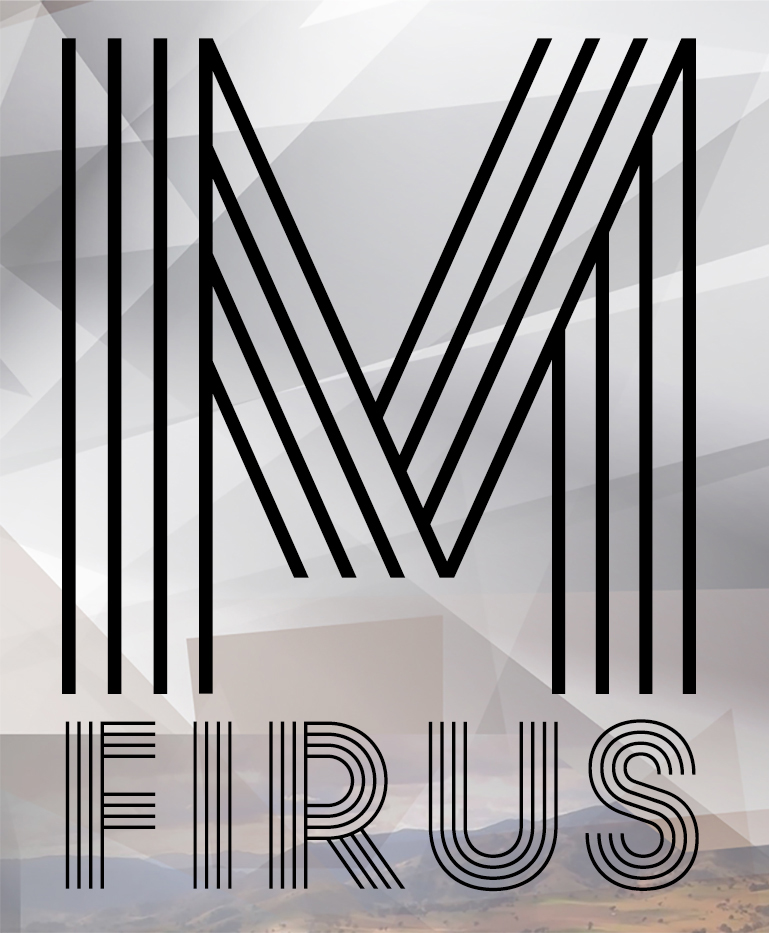
EXERCISE – NARRATIVE STRUCTURE IN PB3
- What is the ‘controlling idea’ (Robert McKee) of your portrait? In other words, what is the most interesting thing about your participant/interviewee that you want to communicate?
The controlling idea in my portrait is the fact that vibrancy – to a normal or even greater than normal amount – is achieved within disability.
- How is your portrait film structured? (Remember there might be multiple forms of structure employed) E.g. Discussion and depiction of an event or process? A Journey? Use of voiceover narration? Other?
The portrait is structured as a walking and talking type interview. The questions are not heard for logistical and stylistic considerations (see reflection), but can be inferred from the answers given. The ‘core’ shot is Caroline walking down a country track at sunset. As Caroline talks and signs, supporting footage is cut to. Her speech runs underneath the supporting footage, and at those times is a narration.
- What do you want your audience to make of your interviewee? (e.g. What are you saying through them and/or human nature, human folly, or noble human inspiration?)
The aim is to show the audience that, even with some degree of disability, vibrancy can be achieved. I attempted to portray my subject as she is: happy, enthusiastic and diverse in interests and talent.
- How is your portrait being narrated? Why? How does it affect the structure?
Caroline speaks throughout the interview uninterruptedly. This speech becomes narration if the visuals cut to supporting footage and her speech keeps going underneath. Primarily, this retains the flow of the structure. It would seem less congruent if the audio changed to that of the supporting footage.
- What role will the ‘found footage’ play in your portrait? For example, reinforcement? Ironic counterpoint? Contrast? Comparison? Other?
At the very beginning of the clip, there is a cluster of overlapping stock footage and audio. This deliberate jumble is created in order to accentuate the fade to silence. Thus, it shows how Caroline can hear very little of the sounds just featured. It also establishes sound as a theme. Spasmodic found footage and audio is peppered sparingly through the rest of the film to add context, support and humour.
- Does your portrait have a dramatic turning point?
After loudness greets the audience, the cacophony of sounds fades to silence. This is a turning point of sorts.
- When does this turning point in your portrait and why? At the beginning? At the end? Two-thirds through?
Close to the beginning; The turning point is meant to contrast the loudness of everyday life with the relative lack of sound that Caroline lives with.
- How does your portrait gather and maintain momentum?
It is through Caroline’s enthusiastic tone and the supporting visuals that momentum is sustained. If there were no supporting footage, a lack of audience engagement would ensue.
- Where will your portrait’s dramatic tension come from? The gradual exposition of an overall situation? A volcanic, climactic moment? An impending change or crisis? The contrast between what the interviewee talks about and the found footage?
Dramatic tension ( if there is any) in this interview relates to the ‘Turing point’ ie. The contrast of the noisy beginning and the fade to silence.
- Does the portrait have a climax and/or resolution? Outline them.
Not in a literal sense. One could interpret there to be a resolution in the form of the realisation that Caroline’s disability has proved not to be an issue.
